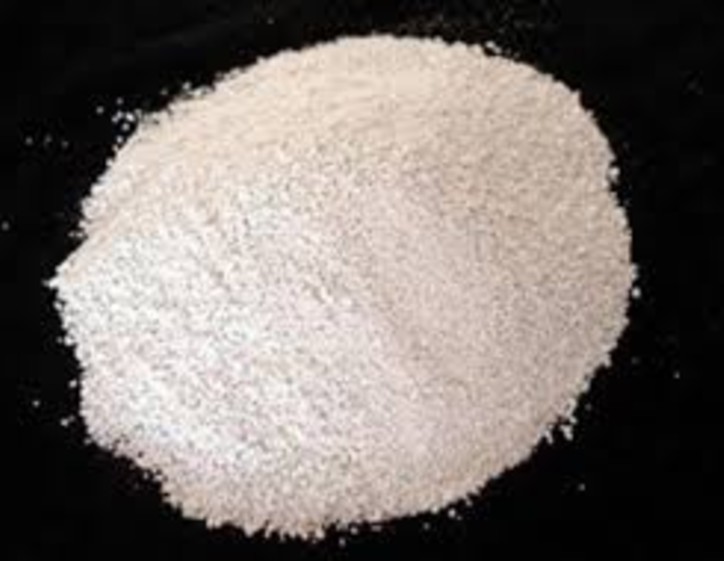
Natural Feed Products: Meat Industry Growth
DMI segments the Feed Phosphate Market by geography into – North America, South America, Europe, Asia-Pacific (APAC), and Middle East and Africa.
2019-11-21
Feed Phosphate Market
Feed phosphates are food supplements used in livestock farming. The use of inorganic feed phosphates is necessary to meet the phosphorus requirements for animal productio to ensure optimal growth, fertility, and bone development. Phosphorus plays a major metabolic role and has more physiological functions than other elements. An adequate supply of phosphorus in the feed is, crucial to the health and optimal production of livestock. Increasing consumer preference for plant-based protein sources in developed countries like the US could be a long-term threat for feed phosphate business. Specific proposals such as ‘red meat tax’ driven by health concerns could hurt the livestock agriculture and ultimately feed phosphate market.
Increasing Consumption of Meat and Livestock Development and Welfare to Fuel Market
The feed phosphate market is primarily driven by meat consumption. Countries with historically low meat consumption rates are expected to witness an increase in meat consumption shortly. India with a population of 1.35 billion is projected to be one of the largest growth areas for use in chicken, beef, and mutton. Meat consumption in other countries is also expected to increase steadily. Increasing the consumption of meat, milk, and eggs is leading to the increasing production of feed for the pig, broiler and dairy industries. There are great opportunities for meat processing industry in the country as India is one of the largest in terms of cattle population globally. Europe and USA, the two largest producers of meat exporters in the world, and India will take time to enter into these two mature competitive markets. In the last few years, China and Russia opened its market for the export of Indian meat.
Increase in the cost of raw materials to Hinder Market Progress
The increasing price of raw materials and a shortage of phosphate reserves worldwide is a non-renewable resource that is restraining the market. Raw materials for feed production are corn, barley and sunflower meal and different types of mixed feed. Raw material plays a significant role in producing and deciding the price of feed additives. Increasing raw material prices and fluctuating livestock prices are leading to the market volatility for Feed phosphates market in recent years. Farmers in the countryside face significantly higher costs for feeds than those in towns. Lack of consistency in the prices of raw materials for feed phosphates is also the major restraint for the market growth. Maize and Soya together constitute 90% of total feed ingredients. The value of raw materials for feed additives is fluctuating on monthly and quarterly basis.
Monocalcium Phosphate (MCP) Anticipated to Gain Notable Traction
By type, Monocalcium Phosphate (MCP) is expected to grab major market share in the forecast period. Monocalcium Phosphate (MCP) is the most widely used phosphate source in feed globally. Mono-Di-calcium Phosphate (MDCP) used in animal nutrition to help animals increase weight, breeding rate, and survival rate. Tri-calcium Phosphates help with bone and mineral generation in animals. But it is scarcely used due to the low availability of Phosphorus.
Defluorinated phosphate is highly efficient and naturally a clean fodder additive for animals and birds with increased content of lemon-soluble phosphorous. Other feed phosphate products include magnesium phosphate, sodium phosphate, and ammonium phosphate
Feed Phosphate Market to Expand Robustly
DMI segments the Feed Phosphate market into – North America, South America, Europe, Asia-pacific, and the Rest of the World.
North America is the leading producer of feeds for cattle, turkeys, pets & horses, the region produces about one-third of beef feed, and hence it is one of the significant markets for Feed Phosphate. Asia Pacific region accounts for more than 35% of the world’s feed production and is still growing. China is the major producer and consumer of Phosphoric acid globally. However, South America is expected to grow at the highest rate owing to the increased production of aqua feed in Brazil, Chile, and Peru.
Competitive Market with Few Major Contributors
The Feed Phosphate market is competitive. Key market players include – The Mosaic Company, Euro-Chem, Simphos, Fosfitalia, Potash Corp., Timab Industries (Groupe Roullier), Yara International ASA.
To gain market share, these companies are adopting numerous market strategies like product development, partnerships, mergers & acquisitions, and expansion of existing facilities. For instance, In July 2018, EcoPhos has formed a joint venture with Gujarat Narmada Valley Fertilizers & Chemicals Ltd to set up di-calcium phosphate plant in India. In September 2018, Yara entered the aquaculture industry with Phosphate additives.
Feed Phosphate Market Taxonomy:
By Type
- Monocalcium Phosphate
- Dicalcium Phosphate
- Mono-Dicalcium Phosphate
- Tricalcium Phosphate
- Defluorinated Phosphate
- Others
By Livestock
- Ruminant
- Swine
- Poultry
- Aquaculture
- Others
Get free insights on Feed Phosphate Market Report.
About: DataM Intelligence
DataM Intelligence was established on an elemental idea of publishing Advanced Market Research Reports with precise data points & utmost accuracy that will accelerate the decision making in designing disruptive solutions. This aids us in providing the detail scenario of the present and future of the market.
For more insights, please visit, https://www.datamintelligence.com/
Found it interesting?
Sai Kiran
Sales Manager at DataM Intelligence
Email: [email protected]
Tel: +1 877 441 4866
We have 5000+ marketing reports and serve across 130+ countries
#feedphosphatemarketmarket, #feedphosphatemarketsize, #feedphosphatemarketoutlook, #feedphosphatemarketshare, #feedphosphatemarketforecast, #feedphosphatemarketanalysis, #feedphosphatemarkettrends, #feedphosphatemarketgrowth
